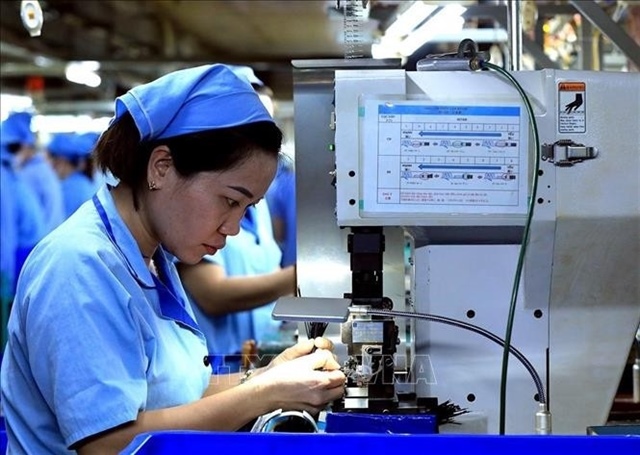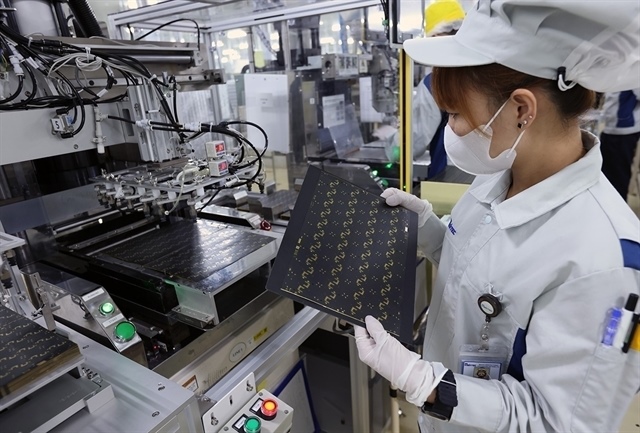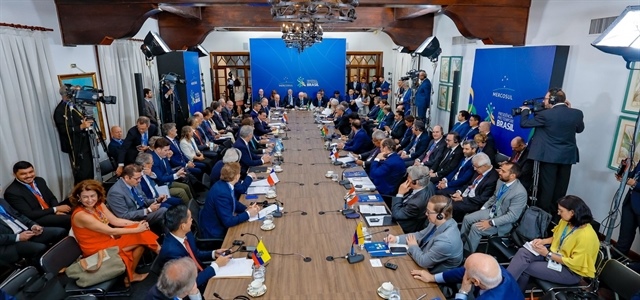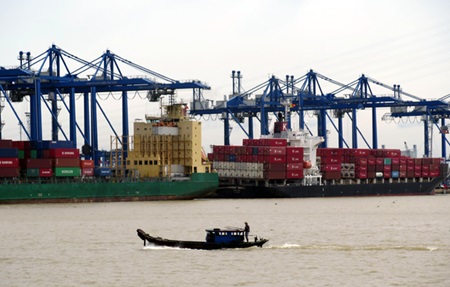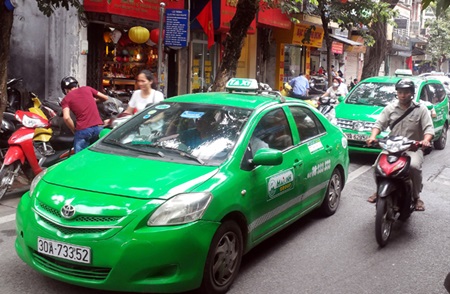Vietnamese Mid-Autumn Festival lantern makers hurt by Chinese copycats
Vietnamese Mid-Autumn Festival lantern makers hurt by Chinese copycats
While the Mid-Autumn Festival market in Vietnam is often filled with cheap, low-quality Chinese lanterns, local producers this year face yet another headache from the foreign rivals, who are selling low-cost imitations of their new products.
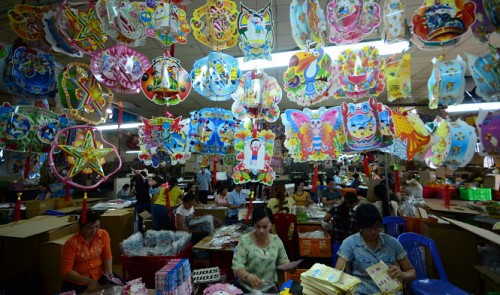
Vietnamese parents have switched to buying locally made lanterns for their kids in recent years, when awareness of the poor quality, and sometimes toxicity, of Chinese-made products had been significantly enhanced.
Local lantern makers had thus expected to continue winning over consumers in this year’s festival, which falls on September 27, with new products which they have heavily invested in designing and manufacturing, until they realized that the Chinese-made imitations of their brainchildren are already flooding the market.
The Chinese copycat products can be found on the market only a few days after the authentic products were introduced, according to some Vietnamese lantern makers.
“The fake products look identical to the real ones, but their quality is way worse,” Huynh Van Khanh, director of the Ky Thuat Moi Co., said.
The company is expected to produce more than 700,000 electric lanterns this year, but is now on the verge of losing its competitive edge to the Chinese counterfeits, Khanh added.
Electronic lanterns are those that are lit with light bulbs instead of candles, and can play music as they are battery-powered.
The fake products bear the “made in Vietnam” label and the bogus logo of Ky Thuat Moi, according to the director.
“The copycat lanterns are shoddily assembled using poor quality plastic, cheap bulbs and electric boards,” Khanh said.
The company has invested more than VND1 billion (US$44,643) in adapting Japanese technology to make the new products, and acquired the copyright to use three most famous Vietnamese songs about the Mid-Autumn Festival.
“But the counterfeit makers have stolen them all,” he lamented. “They even place the fake conformity to regulation [CR] stamps on the products.”
Gia Long Co., the maker of Kibu lanterns, also has many of its new designs for this year’s festival stolen and imitated by the Chinese makers, according to director Lam Nguy Nguyen Hong.
“It takes the counterfeit makers only a few days to steal our designs, so the fake products are very ugly-looking and their quality is terrible,” she said.
Many Vietnamese lantern producers said their business is badly hurt by the Chinese copycats as consumers can hardly differentiate between an authentic and fake product.
Even worse, local businesses do not know who are behind the fake products to bring them to court, they added.
Chinese-made lanterns, meanwhile, are expected to return en masse to the Vietnamese market this year thanks to their dirt cheap import prices despite the poor quality.
“I earn bigger profits selling Chinese lanterns than the Vietnamese products,” Hoa, a trader in Go Vap District, said.
A Chinese lantern is imported at only VND15,000 ($0.67) but it sells at up to VND55,000 ($2.46), Hoa revealed.
“I can only earn profits between VND3,000 and VND5,000 in the case of the Vietnamese lanterns,” she added.
The Mid-Autumn Festival falls on the 15th day of the eighth month in the lunar calendar.
The fest is considered a special occasion for family reunions, and the original round shape of the moon cakes is also indicative of the meaning.
During the celebrations, family members habitually get together, make offerings to their ancestors and delightedly enjoy moon cakes over fragrant tea while admiring the full moon.
Meanwhile, kids typically hang around with their well-lit lanterns, chanting traditional moon-welcoming songs and playing traditional games.


